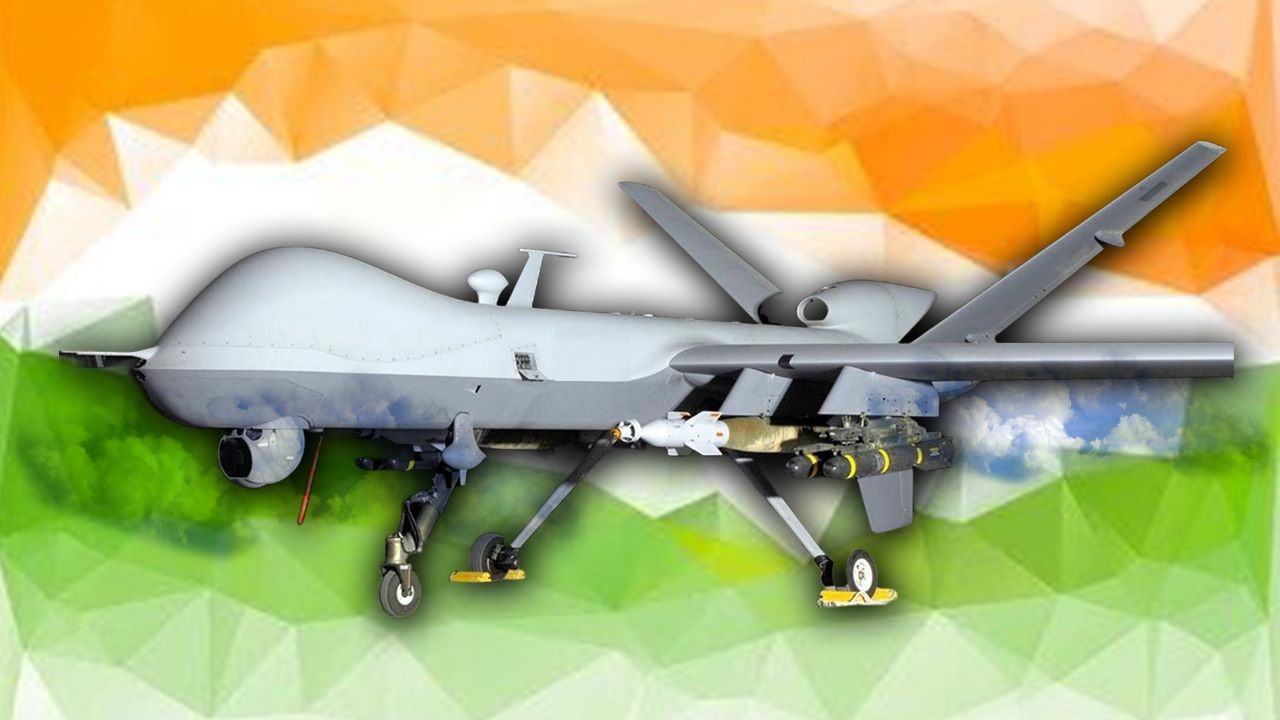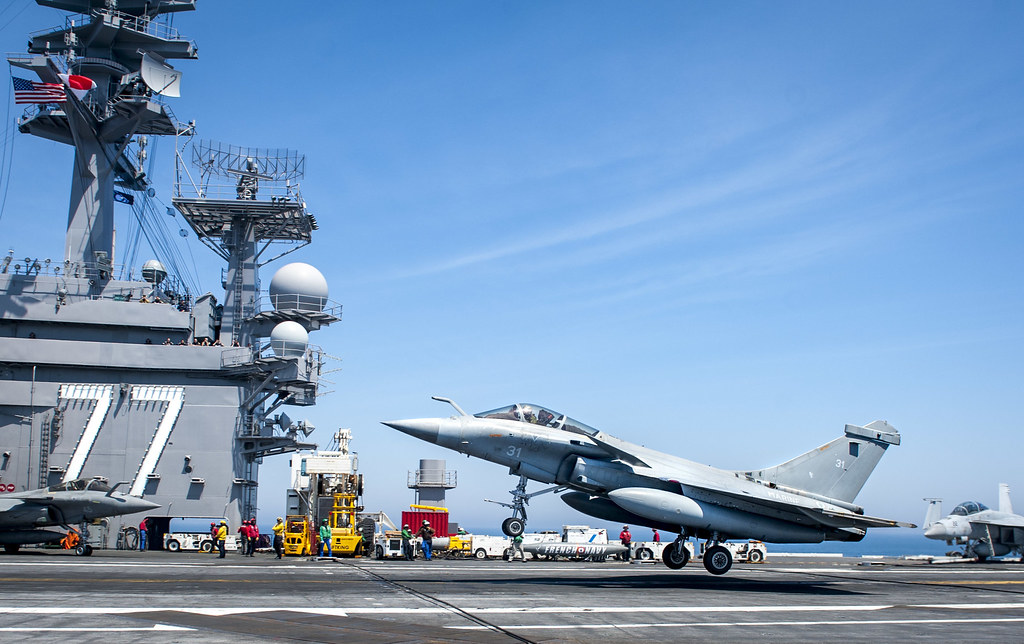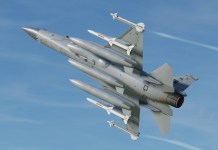A delegation from the United States is currently in India to negotiate the potential acquisition of MQ-9B drones. These unmanned aerial vehicles, often hailed as the eyes and ears of modern warfare, have been the subject of intense deliberation, their capabilities and vulnerabilities scrutinized under the unforgiving lens of conflict zones.
Despite these concerns, India remains captivated by the potential of these airborne sentinels. The nation is considering the acquisition of 31 MQ-9B drones, which would cost a staggering 129 million/UAV.
Amidst the bustling streets of Delhi, a delegation from the United States finds itself immersed in intense negotiations with Indian officials. Their objective? To broker a monumental deal for the acquisition of the formidable MQ-9B drones by the Indian armed forces. This potential agreement, estimated to be worth a staggering $3.9 billion, hangs in the balance as intricate discussions surrounding technology sharing continue to unfold.
At the heart of these deliberations is a team representing the aerospace giant General Atomics, engaged in intricate talks centered around the procurement of 31 of these unmanned aerial behemoths.
The Indian Navy stands poised to receive 15 of these drones, bolstering its maritime surveillance and strike capabilities. The Indian Army and Air Force eagerly await the arrival of 8 drones each, fortifying their ability to monitor adversary activities along the contentious Line of Actual Control (LAC).
As retired Major General Ravinder Sanan, a seasoned veteran of the Indian Army’s Corps of EME, eloquently articulated, “It was in June 2023 when the Defense Acquisitions Council, chaired by Raksha Mantri Shri Rajnath Singh, accorded the initial Acceptance of Necessity (AoN) for the estimated $3.5 billion procurement of Hunter Killer Drones. This major acquisition involves 31 weaponized Predator MQ-9B drones under the ‘Foreign Military Sales’ category. This has been a felt need for our defense services for some time, and their acquisition and deployment will be a game changer for the nation’s security. These drones are needed to be effectively deployed to monitor adversary activities along the LAC. There is an urgent need for the actual contract to be signed.”
Drone Vulnerabilities In Conflict Zones
Recently, the Middle Eastern theater, a cauldron of geopolitical upheaval, has served as an unforgiving testing ground for these unmanned aerial marvels, laying bare their vulnerabilities.
Since the ignition of the Israel-Hamas conflict in Gaza last October, the formidable Houthi forces have downed an astounding six American drones, their defenses proving more formidable than anticipated. These incidents span November, February, April, and a trio of May encounters.
Additionally, the US lost two MQ-9 Reapers in the past year: one over the skies of Iraq in January and another in a harrowing collision with a Russian fighter jet, resulting in its catastrophic plunge into the Black Sea in March 2023.
These repeated losses underscore an inescapable truth: even the most sophisticated aerial sentinels are not invulnerable to adversarial environments.
The High Price Of Aerial Dominance
In February 2024, the United States government approved the landmark deal, though the figures attached to it are enough to induce vertigo. Reports suggest that the total value of this agreement amounts to a staggering $3.99 billion for the acquisition of 31 drones (approximately $129 million per drone)—a significant leap from the previously estimated $3 billion price tag.
Amidst these dizzying numbers, India’s quest for indigenous manufacturing capabilities has taken center stage, with the nation pushing for a greater portion of the drones to be domestically produced, aligning with its ambitions to enhance its homegrown combat drone capabilities.
Delving deeper into the intricacies of this agreement, the 31 MQ-9B SkyGuardian drones themselves account for $1.70 billion of the total cost. The remaining $2.29 billion encompasses the acquisition of vital technologies and equipment, including 161 Embedded Global Positioning and inertial Navigation Systems (EGIs) and 35 L3 Rio Grande Communications Intelligence Sensor Suites—critical components that elevate these drones from mere aerial platforms to formidable intelligence-gathering and strike assets.
Authorities have indicated that the US company has shown interest in producing certain components in India, constituting 8-9% of the deal’s value. However, efforts are underway to raise this to 15-20% of the total deal value. India has been pushing for a greater portion of the MQ-9B drones to be domestically manufactured, aligning with ambitions to enhance indigenous combat drone capabilities in the future.

General Atomics, the aerospace behemoth behind this endeavor, has already forged a strategic partnership with India’s own Bharat Forge, paving the way for the production of UAV components on Indian soil. Additionally, the company has pledged to establish a worldwide maintenance hub for the MQ-9B drones within India’s borders, further solidifying the nation’s status as a key player in the global drone ecosystem.
As the negotiations continue, the question remains if India has made the right move to acquire the UAVs, which might be under severe threat during a potential conflict with China or even Pakistan. The US also plans to phase out these drones, which have seen terrible losses in the Middle East.
India’s Deal With France For Rafale Fighter Jets
Meanwhile, the skies above the negotiating tables are abuzz with the roar of Rafale fighter jets. India and France, longtime strategic partners, are engaged in their own high-stakes negotiations for the procurement of 26 Rafale Marine fighter jets, a deal valued at a staggering $6.25 billion (Rs 50,000 crore).
These versatile, single-seat aircraft, capable of air defense, nuclear deterrence, deep strikes, and reconnaissance missions, carry a hefty price tag of $240.375 million each – a figure that underscores the high stakes and immense costs involved in modern aerial warfare.
The Rafale M, produced by Dassault Aviation, is a versatile, single-seat aircraft capable of air defense, nuclear deterrence, deep strikes, and reconnaissance missions. It has a wingspan of 10.90 meters, a length of 15.30 meters, and a height of 5.30 meters. Its maximum take-off weight is 24.5 tonnes, and its external load capacity is 9.5 tonnes.

The Rafale M can reach speeds of 750 knots (1,389 km/h) and operates efficiently at altitudes up to 50,000 feet. It can perform both air-to-ground and air-to-air missions simultaneously, and its mission system supports various armaments, including Meteor, MICA, HAMMER, SCALP, AM39 EXOCET missiles, laser-guided bombs, and a NEXTER internal cannon firing 2,500 rounds per minute.
Dassault Aviation describes the Rafale as an “omnirole aircraft,” adaptable to diverse combat scenarios and threats.
MQ-9B Drones For India
“At present, a US delegation is in India for discussions regarding the furtherance of the said procurement. The Indian Armed Forces have long desired fighter-sized Predators, which are armed with air-to-ground missiles and smart bombs and capable of flying for 35 hours at a stretch to enhance long-range surveillance and strike capabilities both in the Indian Ocean region and along the land borders,” said Major General Sanan.
However, Sanan’s words carry a cautionary undertone. “It has recently been reported by the ‘Eurasian Times’ that the US has lost a sixth MQ-9B drone since October 2023 in their fight against Yemeni Armed Forces in Marib. With such high losses of an expensive weapon system, there is a dire need for our Armed Forces to reassess the cost-effectiveness of procuring such a weapon system, which is as costly as the Rafale. Can India afford it?” Sanan raised concerns.
As these weighty deliberations unfold, a pivotal question looms large: Will India’s skies be graced by the sleek silhouettes of American drones? or will prudence and pragmatism prevail, steering the nation towards alternative paths to secure its aerial dominance? Only the passage of time will reveal the answer as the negotiations reach their denouement, shaping the future of India’s aerial prowess and defining its place in the ever-evolving landscape of modern warfare.
- Shubhangi Palve is a defense and aerospace journalist. Before joining the EurAsian Times, she worked for E.T. Prime. In this capacity, she focused on covering defense strategies and the defense sector from a financial perspective. She offers over 15 years of extensive experience in the media industry, spanning print, electronic, and online domains.
- Contact the author at shubhapalve (at) gmail (dot) com




